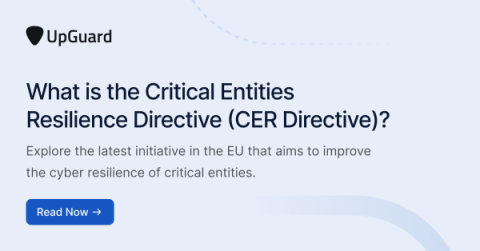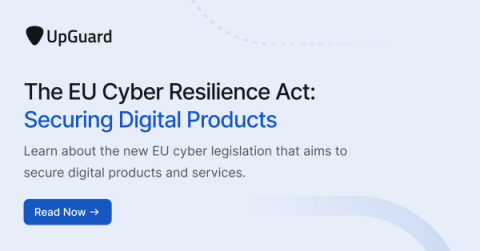Choosing Attack Surface Visibility Software in 2024
There’s one major between organizations that fall victim to a data breach and those that don’t - attack surface awareness. Even between those who have implemented an attack surface management solution and those who haven’t, the more successful the cybersecurity programs more likely to defend against a greater scope of cyber threats are those with greater attack surface visibility.





























